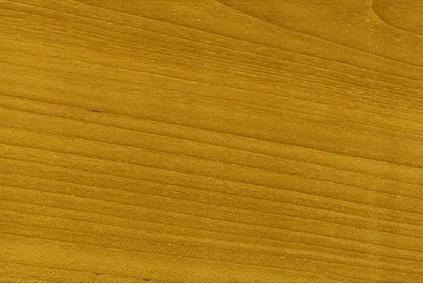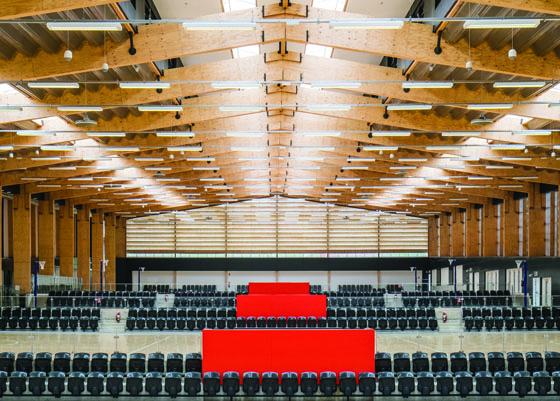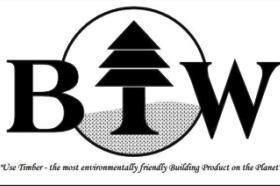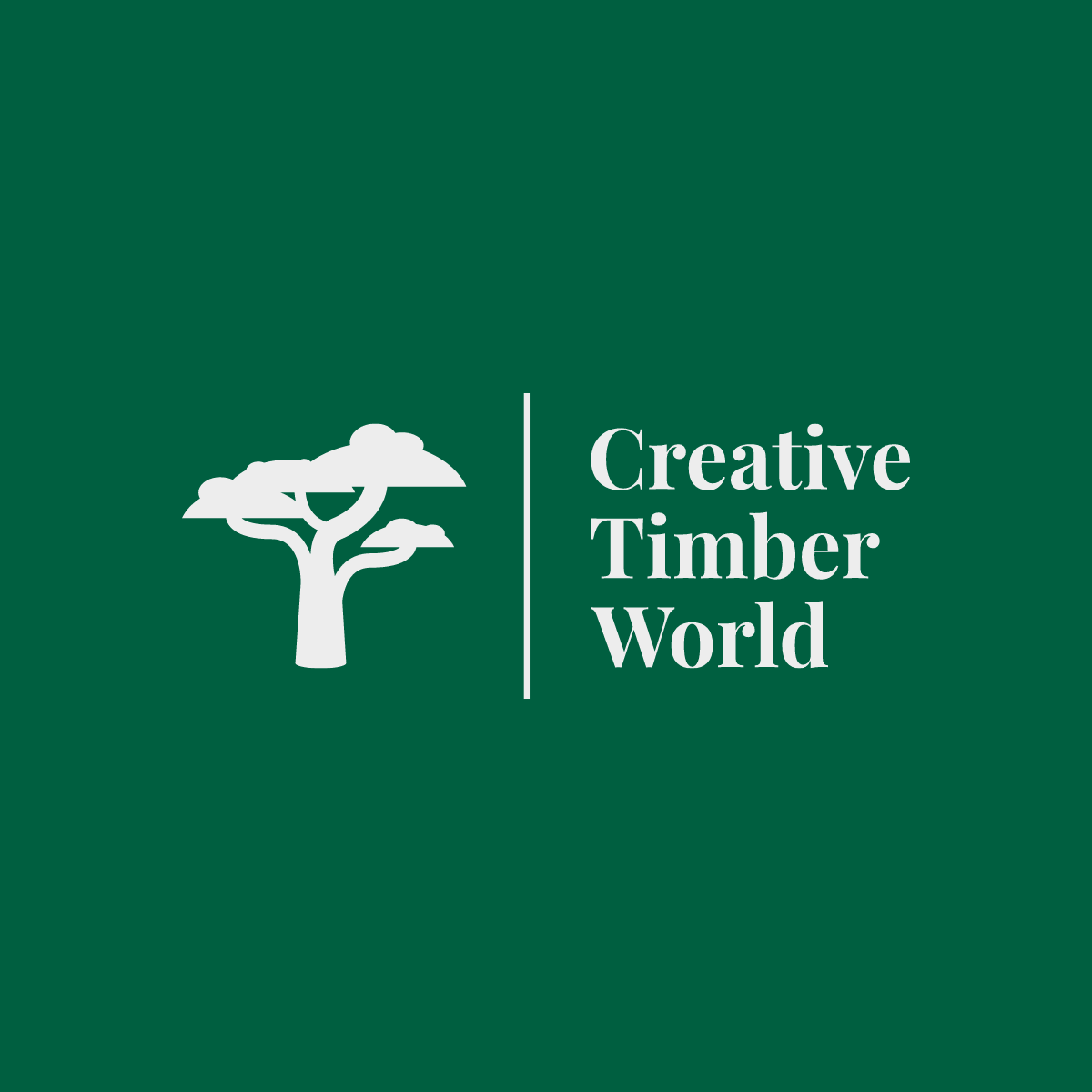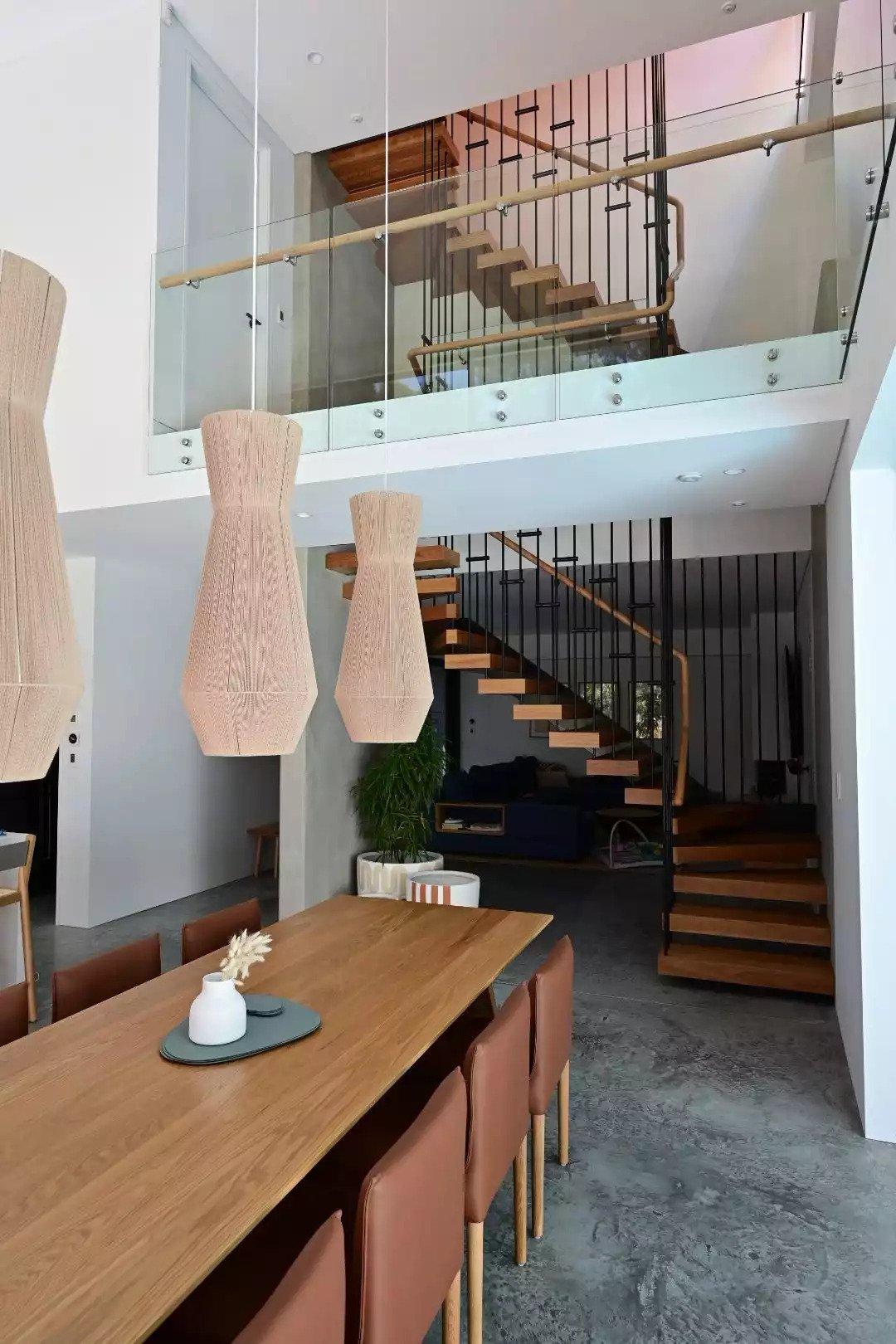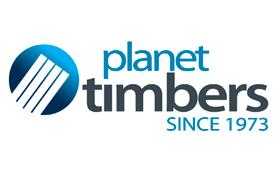Teak is one of the world’s best-known hardwood timbers. Teak is renowned for its marine applications, including boat building, and a wide variety of decorative uses.
Djati, Jati (Indonesia), Kyun (Myannmar), Sagwan (India), Teck, Mai Sak (Thailand), Giati (Vietnam), Teca (Brazil)
Tectona grandis
Teak's heartwood is typically golden brown in colour, although grey and red tinges are not uncommon. The sapwood, a pale yellow colour, is clearly distinct. Grain is usually straight, but due to teak's high degree of ring porosity, longitudinal streaks and an uneven texture, ranging from coarse to smooth, are typical. The freshly cut wood can be variable in colour, with blotches and streaks, but prolonged exposure to light ameliorates the more extreme variations. Teak contains an oleoresin which gives the timber a greasy feel, and imparts a distinctive odour to freshly cut material.
Teak is a firm timber, in general easily worked. However, the timber's relatively high silica content causes severe blunting of cutting edges. For this reason, the use of tungsten-carbide blades is recommended. Teak holds nails and screws well, although pre-boring is recommended when nailing. Gluing sometimes presents difficulties because of the oily nature of the wood, and it is important to bond only freshly dressed surfaces. Teak will readily accept paints and stains. It also varnishes, polishes and waxes well. It is not suitable for steam bending. Sanding dust irritates the skin of some users.
Teak is well known for its above ground durability, with a life expectancy of greater than 40 years. In-ground life expectancy ranges from 15 to 25 years. Teak exhibits a good resistance to acids, and will not corrode metal fixings. Teak is termite-resistant, although untreated sapwood is susceptible to borer attack.
Teak is extensively used in boatbuilding for decking, rails, bulwarks, hatches, weather doors, and planking. It is also used for cooperage, pipes, and chemical vats. In general construction it is suitable for flooring, decking, framing, cladding, fascias and barge boards. Decorative uses of teak include indoor and outdoor furniture, parquetry, turnery, carving, lining and paneling.
Teak occurs naturally in the monsoon forests of India, Myanmar, Thailand and Vietnam. Teak plantations have been established in Indonesia, Papua New Guinea, Africa, Solomon Islands, Fiji and the West Indies.
Shrinkage
| Very Low | Low | Medium | High | Very High | |
|---|---|---|---|---|---|
|
|
|||||
|
Tangential :
|
1.90% | ||||
|
Radial :
|
1.00% | ||||
|
Unit Movement Tangential:
|
0.19% | ||||
|
Unit Movement Radial:
|
0.10% |
Strength Group
| Very High | High | Reasonably High | Medium High | Medium | Reasonably Low | Low | Very Low | |
|---|---|---|---|---|---|---|---|---|
| Unseasoned: | S1 | S2 | S3 | S4 | S5 | S6 | S7 | S8 |
|
|
||||||||
| Seasoned: | SD1 | SD2 | SD3 | SD4 | SD5 | SD6 | SD7 | SD8 |
|
|
Stress Grade
|
Structural No. 1 |
Structural No. 2 |
Structural No. 3 |
Structural No. 4 |
Structural No. 5 |
|
|---|---|---|---|---|---|
| Unseasoned: | F8 | F7 | F5 | F4 | |
| Seasoned: | F14 | F11 | F8 | F7 | F5 |
Density per Standard
| Seasoned: | 680kg/m3 |
|---|---|
| Unseasoned: | kg/m3 |
Joint Group
| Very High | High | Reasonably High | Medium | Low | Very Low | |
|---|---|---|---|---|---|---|
| Unseasoned: | J1 | J2 | J3 | J4 | J5 | J6 |
| Seasoned: | JD1 | JD2 | JD3 | JD4 | JD5 | JD6 |
|
|
Colour
| White, yellow, pale straw to light brown | Pink to pink brown | Light to dark red | Brown, chocolate, mottled or streaky | |
|---|---|---|---|---|
|
|
||||
Mechanical Properties
|
Modulus of Rupture - Unseasoned:
|
80 |
|---|---|
|
Modulus of Rupture - Seasoned:
|
101 |
|
Modulus of Elasticity - Unseasoned:
|
9.4 |
|
Modulus of Elasticity - Seasoned:
|
10.7 |
|
Maximum Crushing Strength - Unseasoned:
|
41 |
|
Maximum Crushing Strength - Seasoned:
|
58 |
|
Impact - Unseasoned:
|
|
|
Impact - Seasoned:
|
|
|
Toughness - Unseasoned:
|
Medium - 15 - 24 Nm |
|
Toughness - Seasoned:
|
Low - up to 15 Nm |
|
Hardness - Unseasoned:
|
4.1 |
|
Hardness - Seasoned:
|
4.4 |
Durability
| Low | Moderate | Reasonably High | High | |
|---|---|---|---|---|
| (0 - 5 yrs) | (5 - 15 yrs) | (15 - 25 yrs) | (more than 25 yrs) | |
|
In-Ground:
|
|
|||
| (0 - 7 yrs) | (7 - 15 yrs) | (15 - 40 yrs) | (More than 40 yrs) | |
|
Above ground:
|
|
|||
| (0 - 20 yrs, usually < 5) | (21 - 40 yrs) | (41 - 64 yrs) | (More than 60 yrs) | |
|
Marine Borer Resistance:
|
|
Lyctid Borer Susceptibility:
|
Susceptible |
|---|---|
| Lyctid Borer Susceptibility - Other: | |
|
Termite Resistance:
|
Resistant |
Fire Properties
| 0 | 1 | 2 | 3 | 4 | 5 | 6 | 7 | 8 | 9 | 10 | 11 | 12 | 13 | 14 | 15 | 16 | 17 | 18 | 19 | 20 | |
|
EFH Ignitibility: |
|
| 0 | 1 | 2 | 3 | 4 | 5 | 6 | 7 | 8 | 9 | 10 | |
|
EFH Spread-of-Flame Index:
|
|
||||||||||
|
EFH Smoke-Developed Index:
|
|
| 1 - non-combustible | 2 - reasonably non-combustible | 3 - slightly combustible | 4 - combustible | |
|
Fire Properties Group Number: |
|
| Group Number - Other: | 3 if used on MDF or particleboard ≥12mm; veneer thickness 0.6-0.85mm |
|---|---|
|
Average Specific Extinction Area:
|
<250 |
|
Bushfire Resistance:
|
BAL 12.5 and 19 – All AS3959 required applications |
The heartwood of teak is typically golden brown in colour, although grey and red tinges are not uncommon. The sapwood, a pale yellow, is visually distinct. Due to teak's high degree of ring porosity, longitudinal streaks and an uneven grain texture, ranging from coarse to smooth, are commonly present.
Perhaps best known for its use in boat building, teak has been extensively used for decking, rails, bulwarks, hatches, weather doors, and planking. It is also used for cooperage, pipes, and chemical vats. In general construction it is suitable for flooring, decking, framing, cladding, fascias and barge boards. Decorative uses of teak include indoor and outdoor furniture, parquetry, turnery, carving, lining and paneling.
NT
NSW
